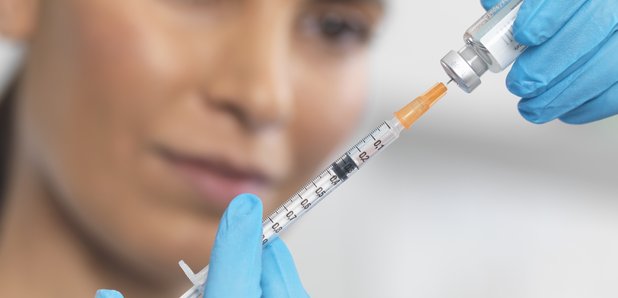On Air Now
Heart's Club Classics with Pandora Christie 7pm - 11pm
26 March 2019, 12:49

Childhood immunisation is dropping across Scotland, according to official figures.
Vaccination rates for dropped in all-but-three of the 17 immunisation courses and boosters for children under the age of six.
For children at 12 months of age in Scotland, uptake of all routine immunisations - apart from rotavirus - remained above 95% in 2018, although rates have decreased compared with 2017.
The booster for a 4-in-1 vaccine, which protects against tetanus, diphtheria, pertussis and polio, showed the biggest drop between 2017 and 2018, with the percentage of children receiving it falling from 92.7% to 91.6%.
This was followed by the second dose of the measles, mumps and rubella vaccine (MMR), which fell by 1%.
However, uptake of one dose of the MMR vaccine for children under six was 96.6% in 2018, meeting the national target of 95% for the 10th year in a row.
Uptake of the complete two-dose course of rotavirus vaccine by 12 months of age was 92.8% in 2018, a decrease from 93.4% in 2017. The oral vaccine protects against an infection which causes severe diarrhoea.
The NHS figures also found that children from deprived areas were less likely to have the vaccinations than children from less-deprived areas.
Commenting on the findings, a Scottish Government spokesman said: "Childhood immunisation rates across Scotland remain very high.
"This reflects both the hard work and commitment of those working in the NHS and the recognition of the benefits of vaccination.
"Uptake of the first dose of the MMR vaccine for children up to five continues to exceed the 95% target and as a result, there is no evidence of significant transmission of measles in Scotland among infants or children in primary or secondary school.
"Instances of rotavirus have also dramatically decreased in both infants and the wider community since we made it part of the routine childhood schedule in July 2013."